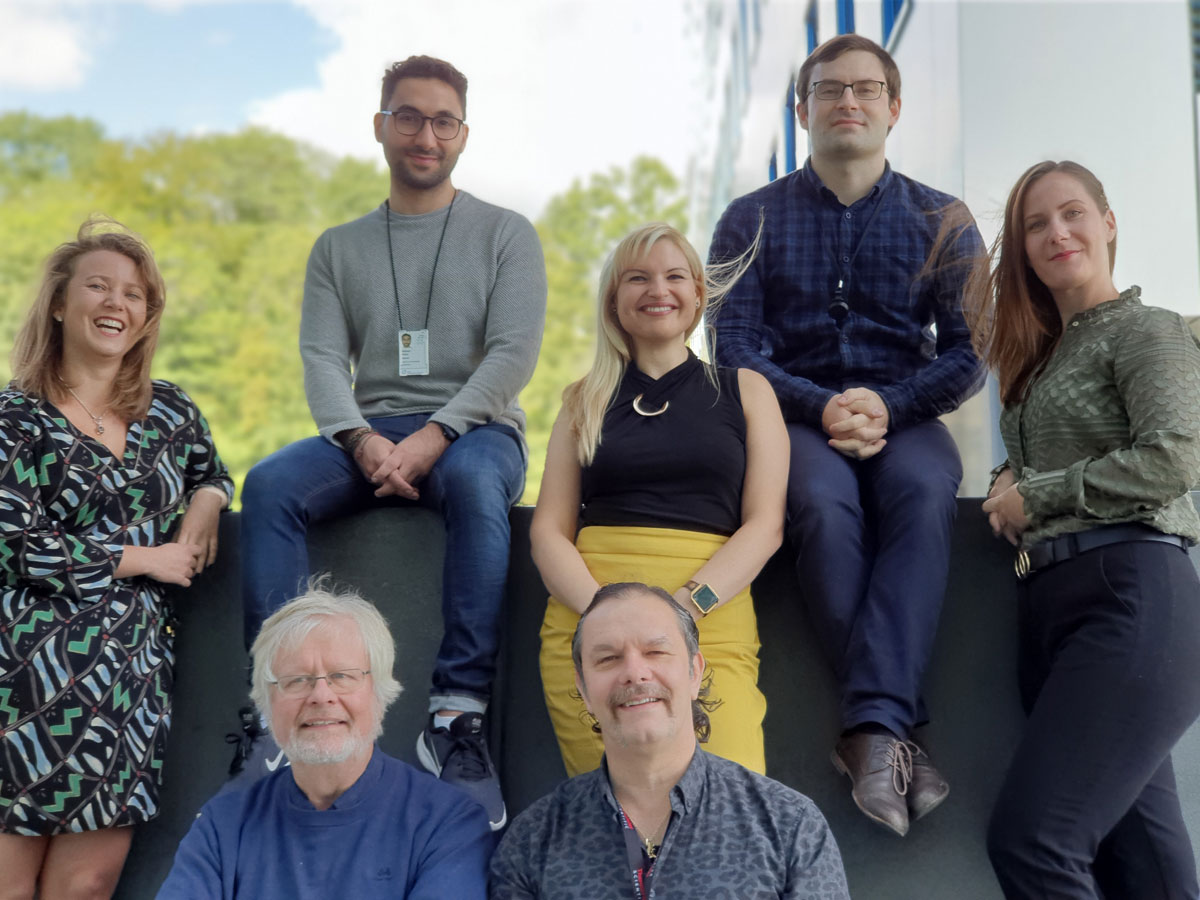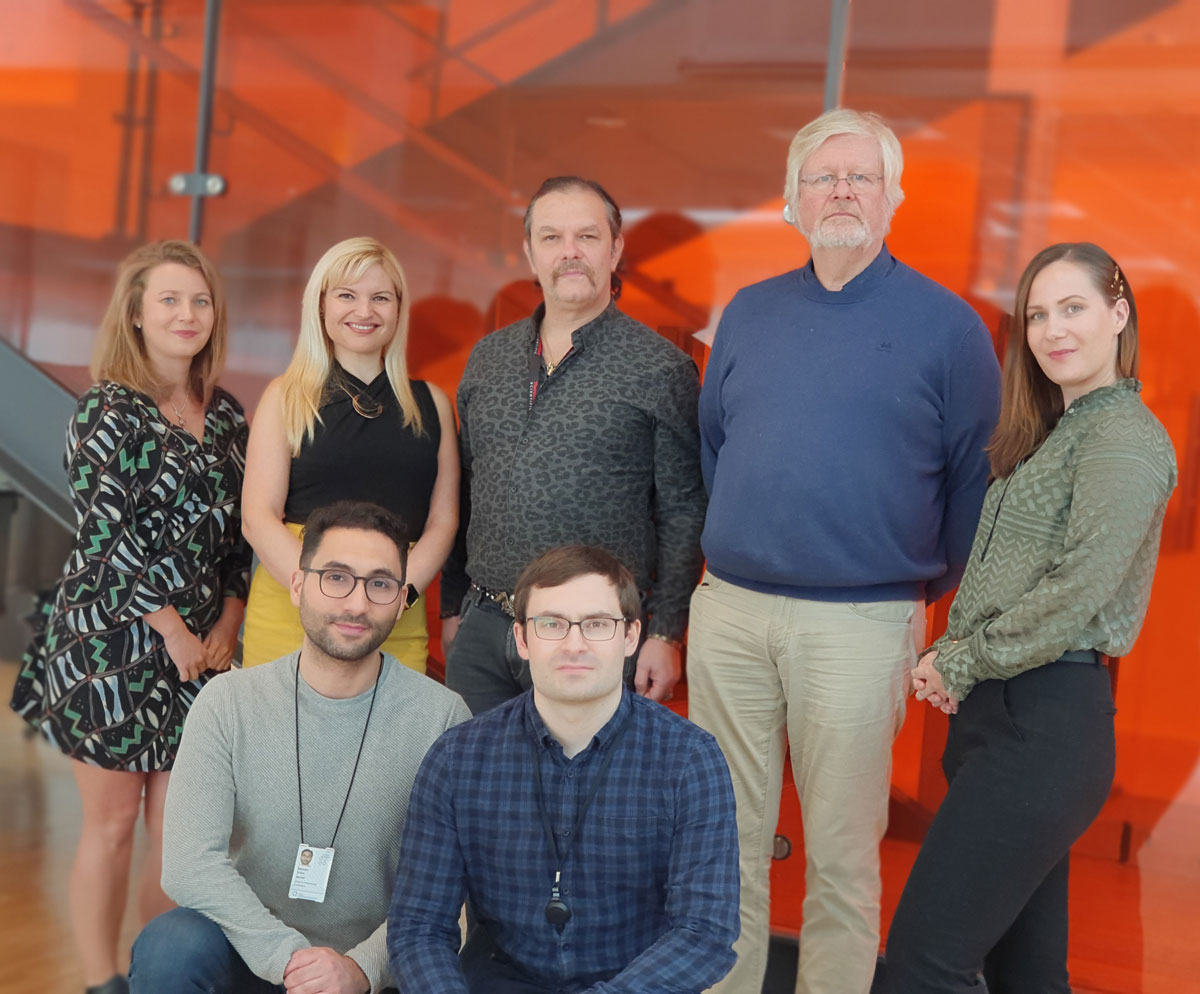Could Light-Activated Drugs Turn Proton Therapy into a More Radical Treatment for Cancer?

In a new study, published in Nature Communications, researchers at Oslo University Hospital have demonstrated the activation of light-sensitive drugs by accelerated protons. Until now, such drugs –called photosensitisers (PSs) –had conventionally been used in clinical settings with activation by visible light in a cancer treatment known as photodynamic therapy (PDT). PSs preferentially accumulate in tumours, especially in the brain, due to local destruction of the blood/brain barrier at the tumour site. When the drugs interact with light, they create toxic oxygen by-products that kill the cancerous tissues around them.
Clinics currently use protons (positively charged subatomic particles) in radiation therapy for hard-to-reach tumours because of their ability, after acceleration by magnetic forces, to deeply penetrate tissue and accurately deliver their energy to a tumour. In the hands of the Oslo University Hospital scientists, protons were used for the first time to activate PSs and generate the therapeutic by-products of oxygen as visible light does in PDT.
The Protonicsgroup, led by Dr Theodossis A. Theodossiou in the Department of Radiation Biology, Institute for Cancer Research, Norwegian Radium Hospital, Oslo University Hospital, observed the emission of a characteristic light (fluorescence) as well as the production of toxic singlet oxygen when numerous PSs were irradiated by accelerated protons at the University of Oslo cyclotron accelerator.
‘We predicted that this would happen as the positively charged protons were quite likely to interact with the negatively charged electrons on their path, especially in chemical systems rich in electrons, such as PSs. Nevertheless, we were quite amazed when we first documented the proton-induced characteristic fluorescence and the singlet oxygen. It was something like –Wow! We might be on to something!’ said Dr Theodossiou.
‘It was a very intensive effort with very demanding experiments and the need for continuous thinking for custom-made technical and scientific solutions, and it was heavily dependent on the availability of the proton beam, but we finally made it!’ said Dr Mantas Grigalavicius, a member of the Protonics team.
These findings offer the prospect of more effective, cancer-specific proton therapy through the simple additional administration of a photosensitiser to the patient. Such a treatment would demand no additional requirements beyond the infrastructure found in existing proton-therapy centres, which are proliferating around the globe.
‘This is a great opportunity!’ said Prof. Kristian Berg, a member of the Protonics team and Head of the Radiation Department. ‘We can now envisage and work towards a new hybrid treatment which will considerably enhance the possibility of cancer patients walking out disease-free from proton centres. In fact, the first in-human trial could be performed in the proton centre currently being built here on our campus and which is expected to be operational in two to three years!’
The new treatment’s potential was initially tested in cultured brain-cancer cells, a trial that found that more tumour cells died when a PS was added to proton irradiation.
‘We have received initial proof of our hypothesis in glioblastoma brain tumour cells’, said Dr Theodossiou, ‘and now we are looking into the future with increased optimism to bring our new-born technology, “Proton-dynamic therapy”, into the clinic. We would like to thank our regional health authority, Health South-East [Helse Sør Øst], for believing in our dream and providing the funds to bring it to life’.

Links:
The article:
Proton-dynamic therapy following photosensitiseractivation by accelerated protons demonstratedthroughfluorescence and singlet oxygenproduction
M. Grigalavicius, M. Mastrangelopoulou, K. Berg, D. Arous, M. Ménard, T. Raabe-Henriksen, E. Brondz, S. Siem, A. Görgen, N.F.J. Edin, E. Malinen & T.A. Theodossiou
NATURE COMMUNICATIONS| (2019) 10:3986 | https://doi.org/10.1038/s41467-019-12042-7
Press release published on AlphaGalileo
Protonics home page, headed by Theodossis A. Theodossiou
Photochemical internalisation (PCI) home page, headed by Kristian Berg
